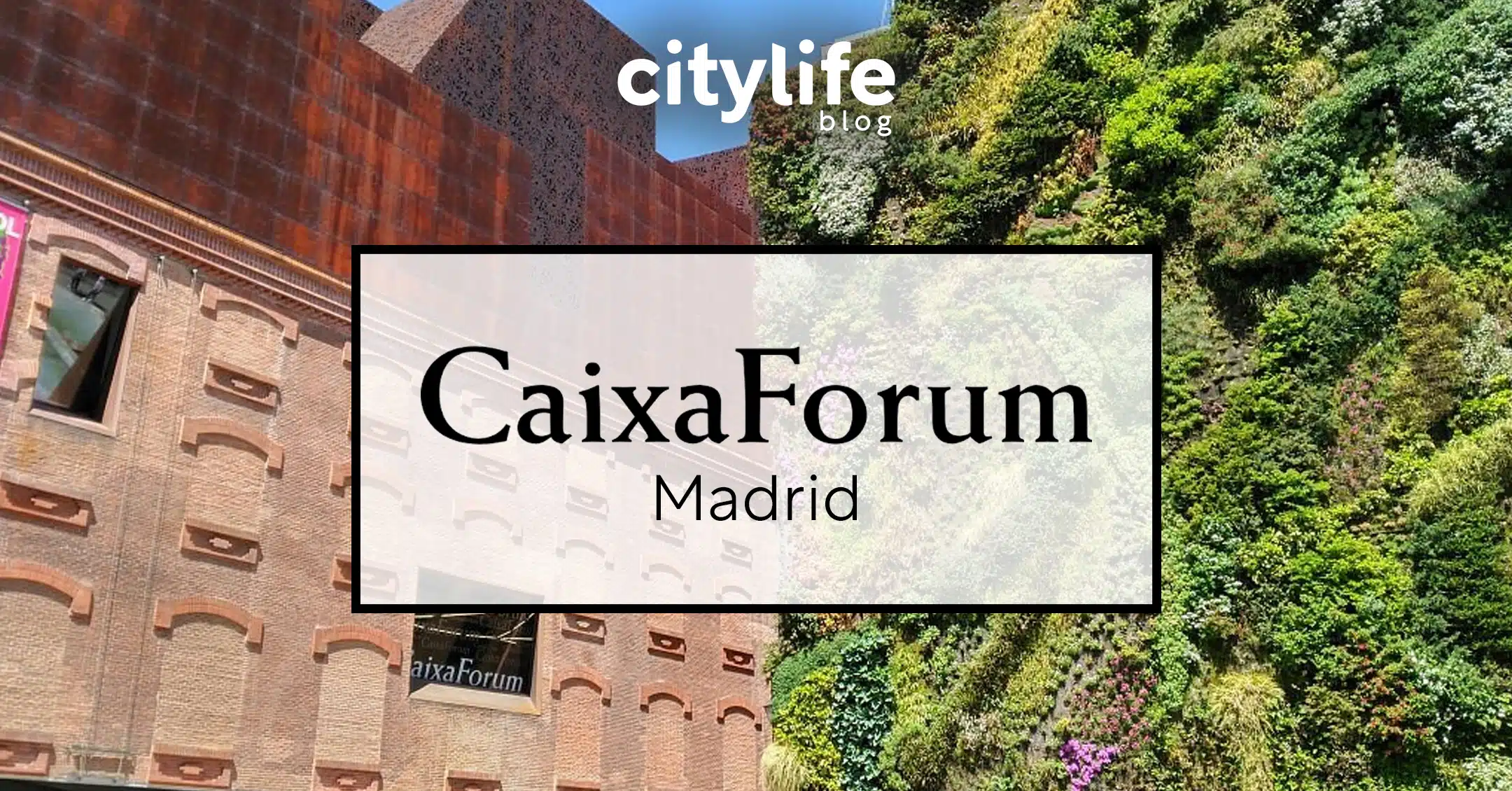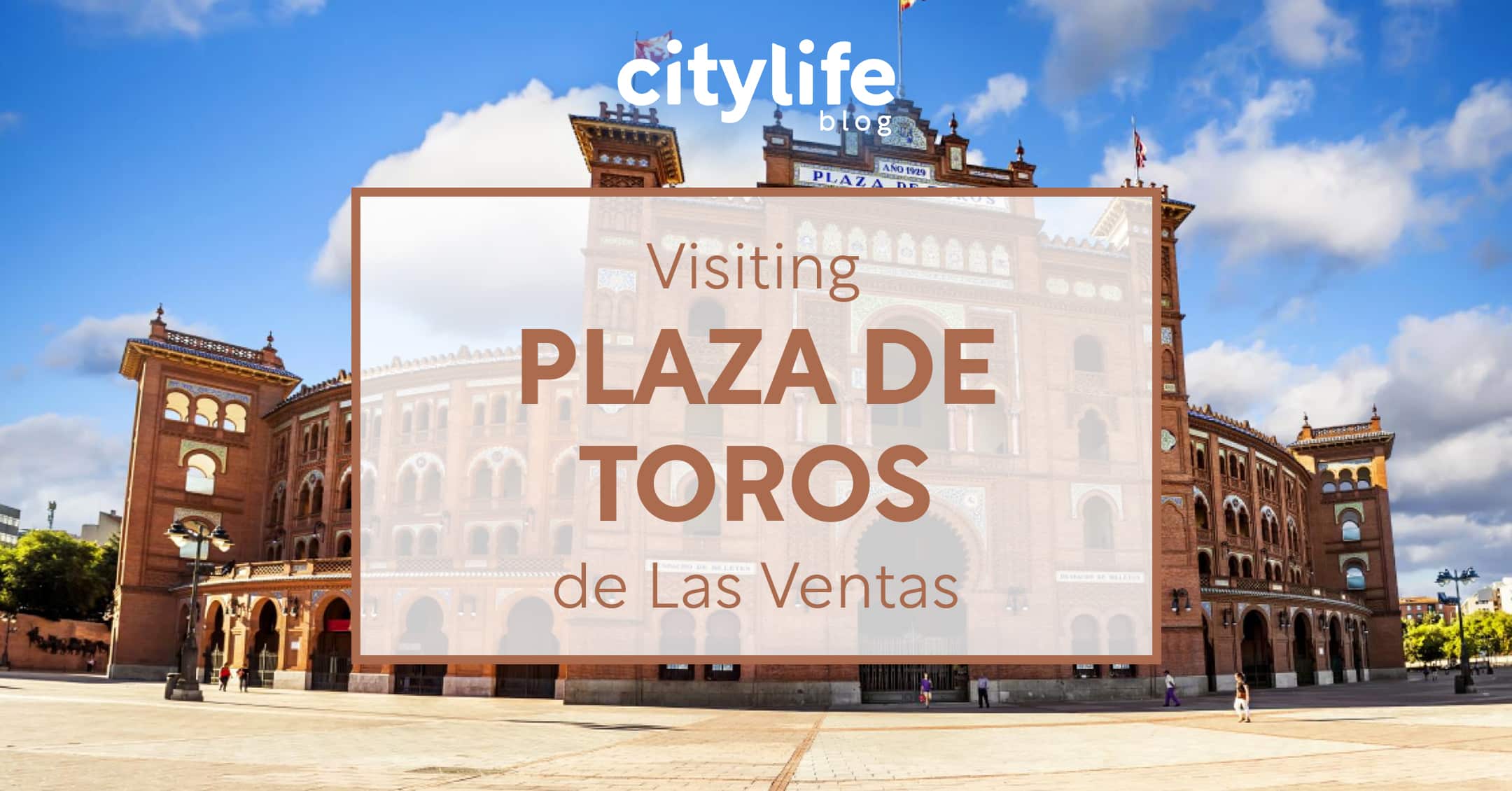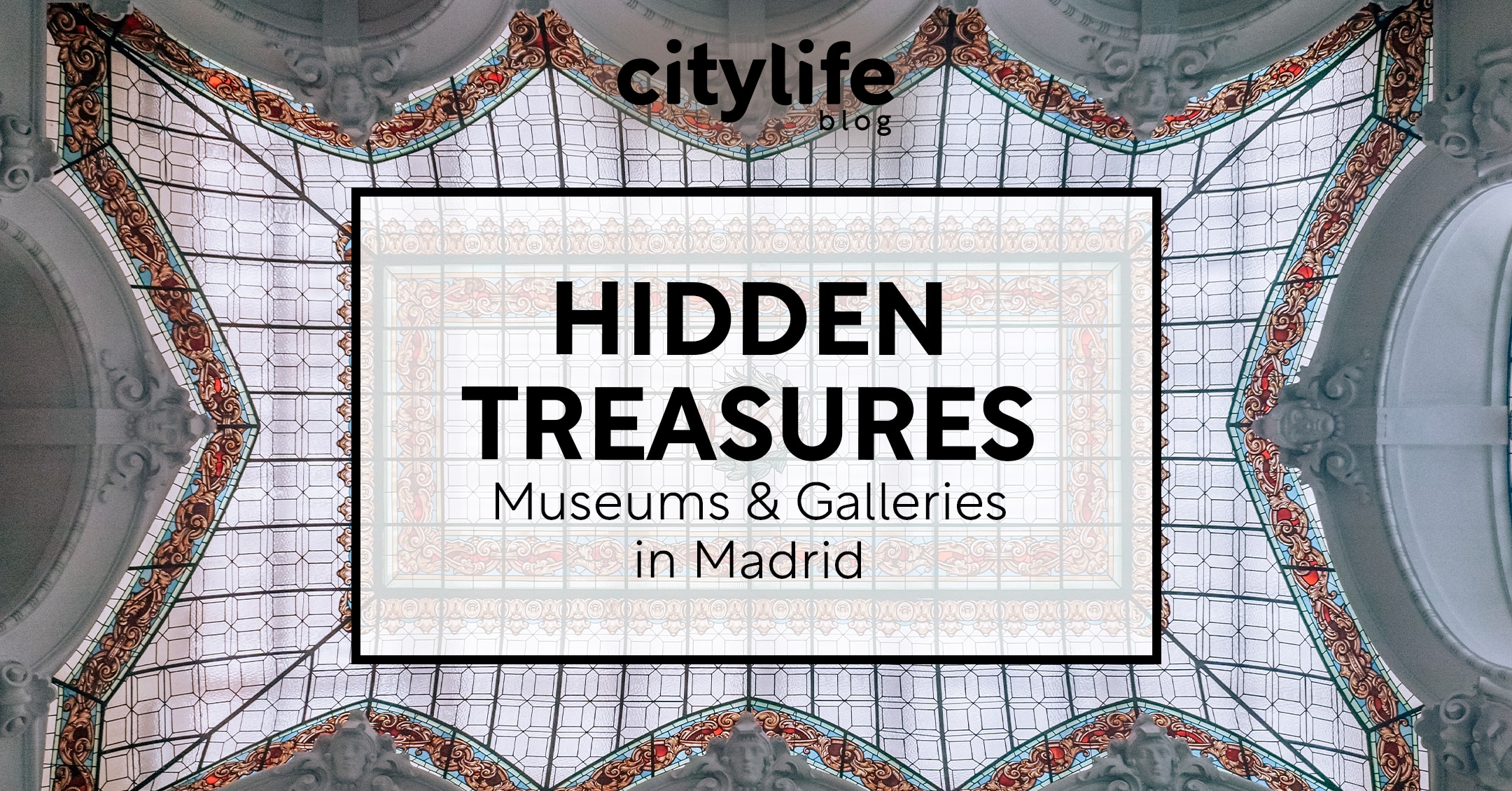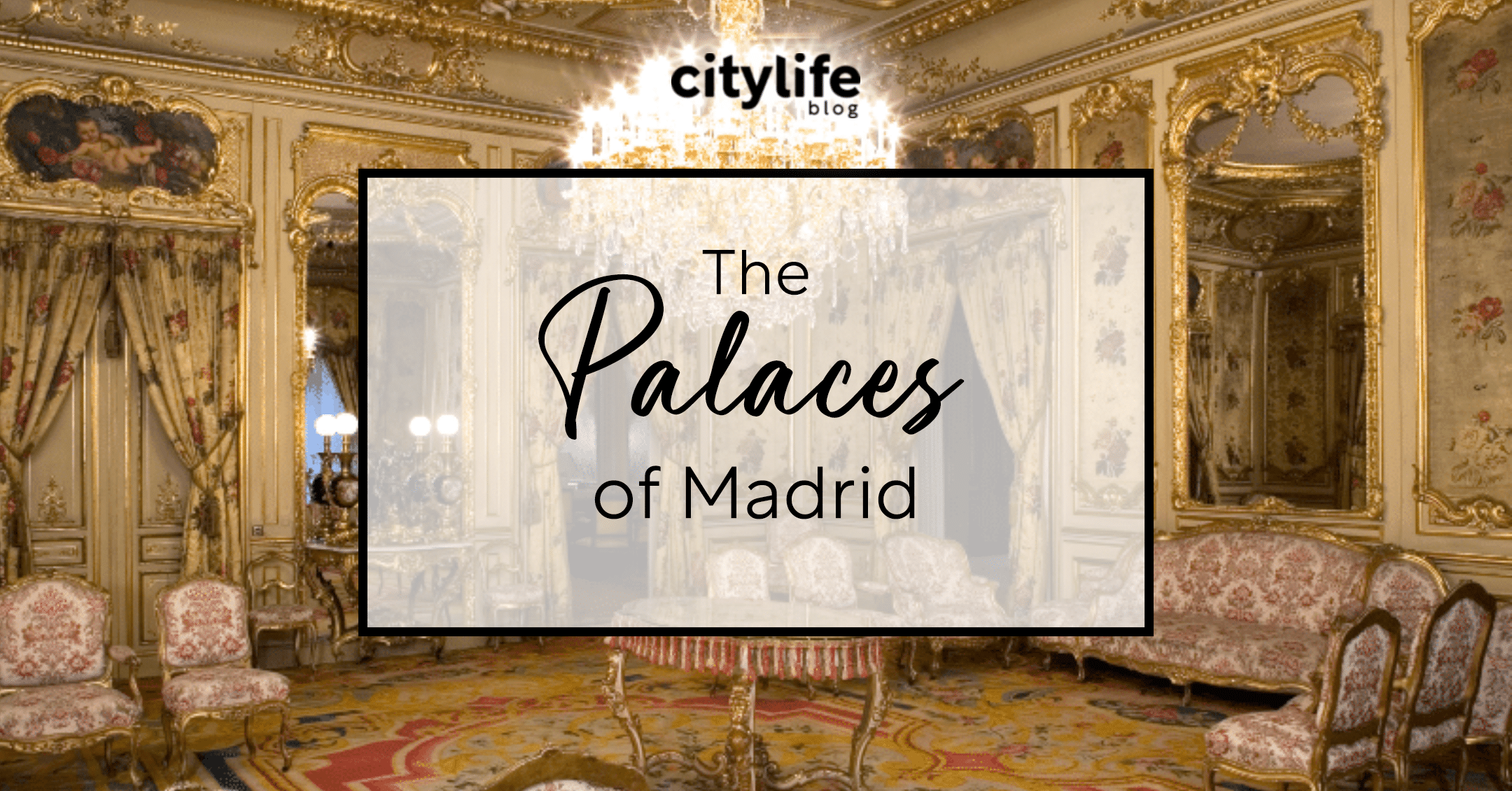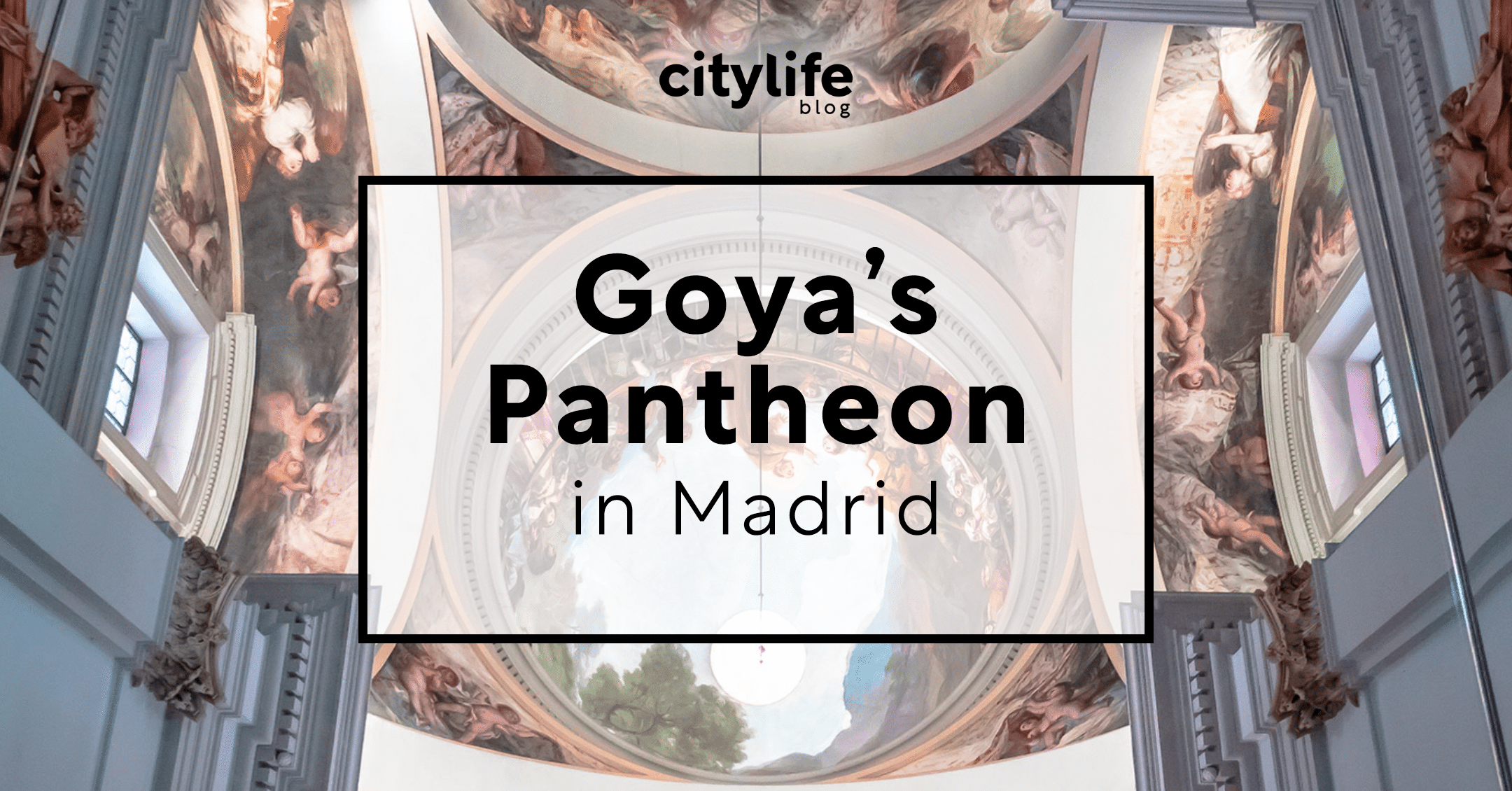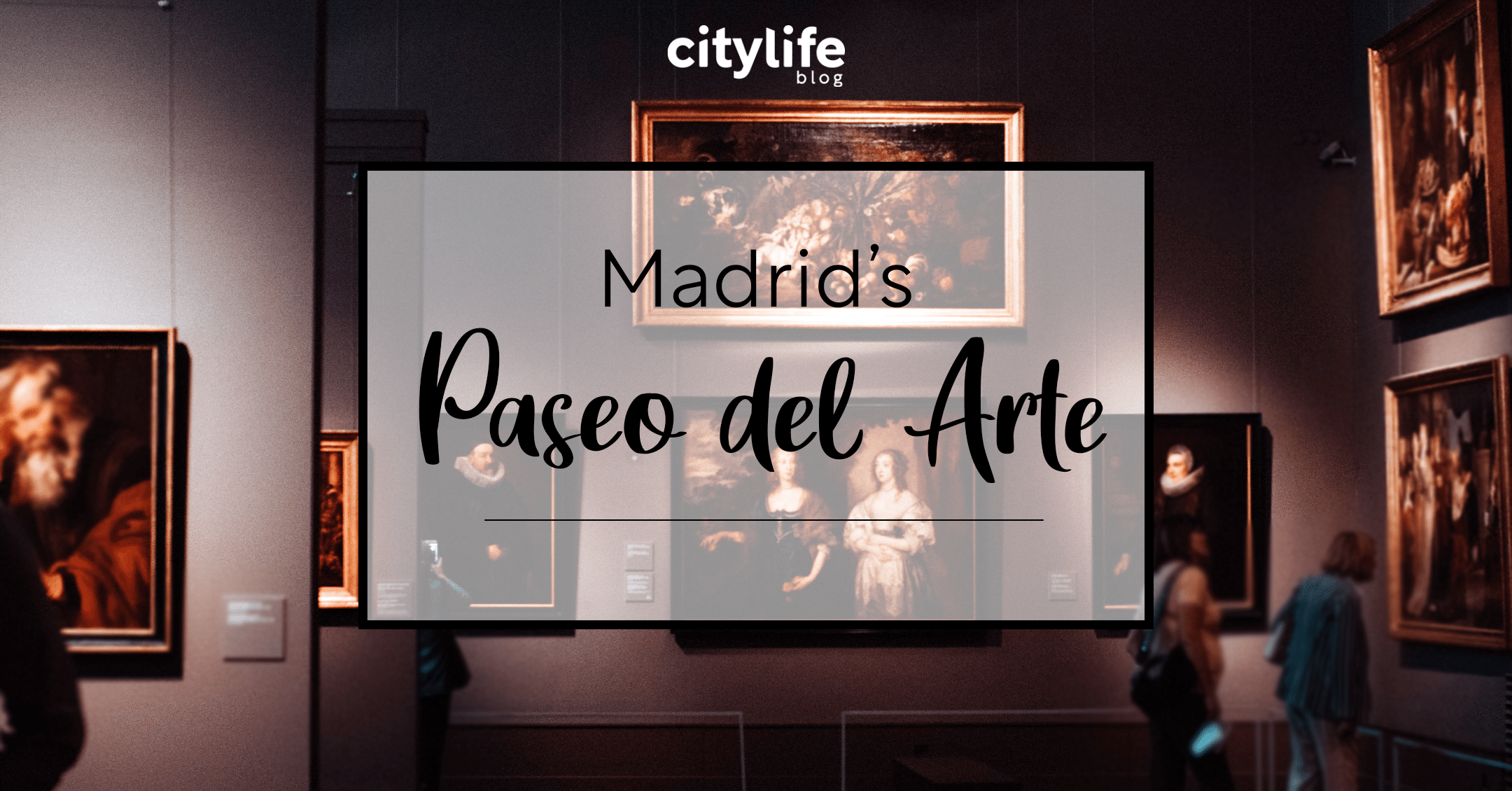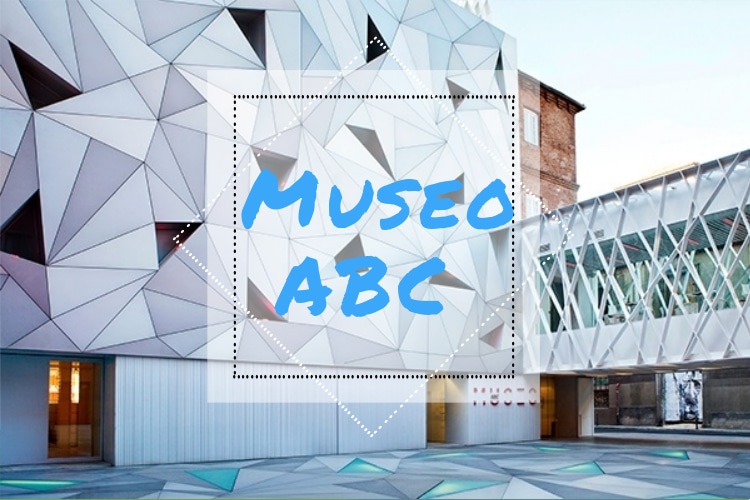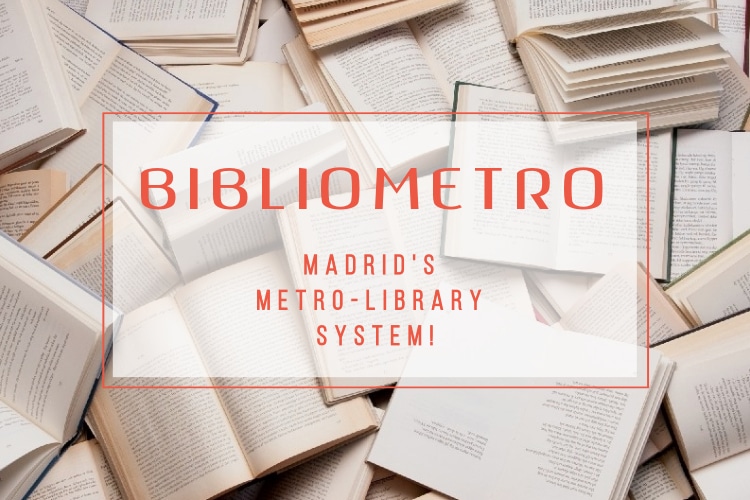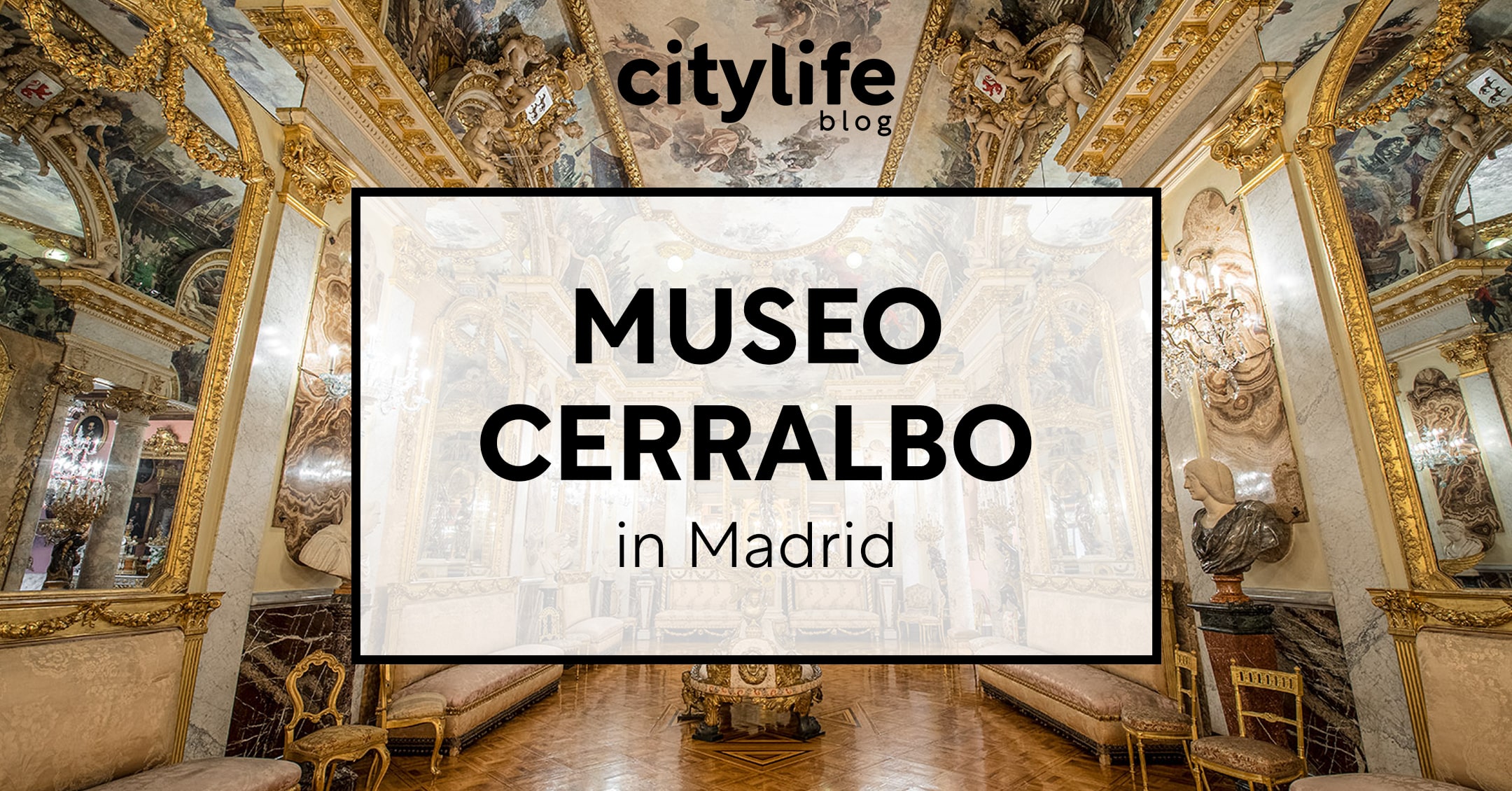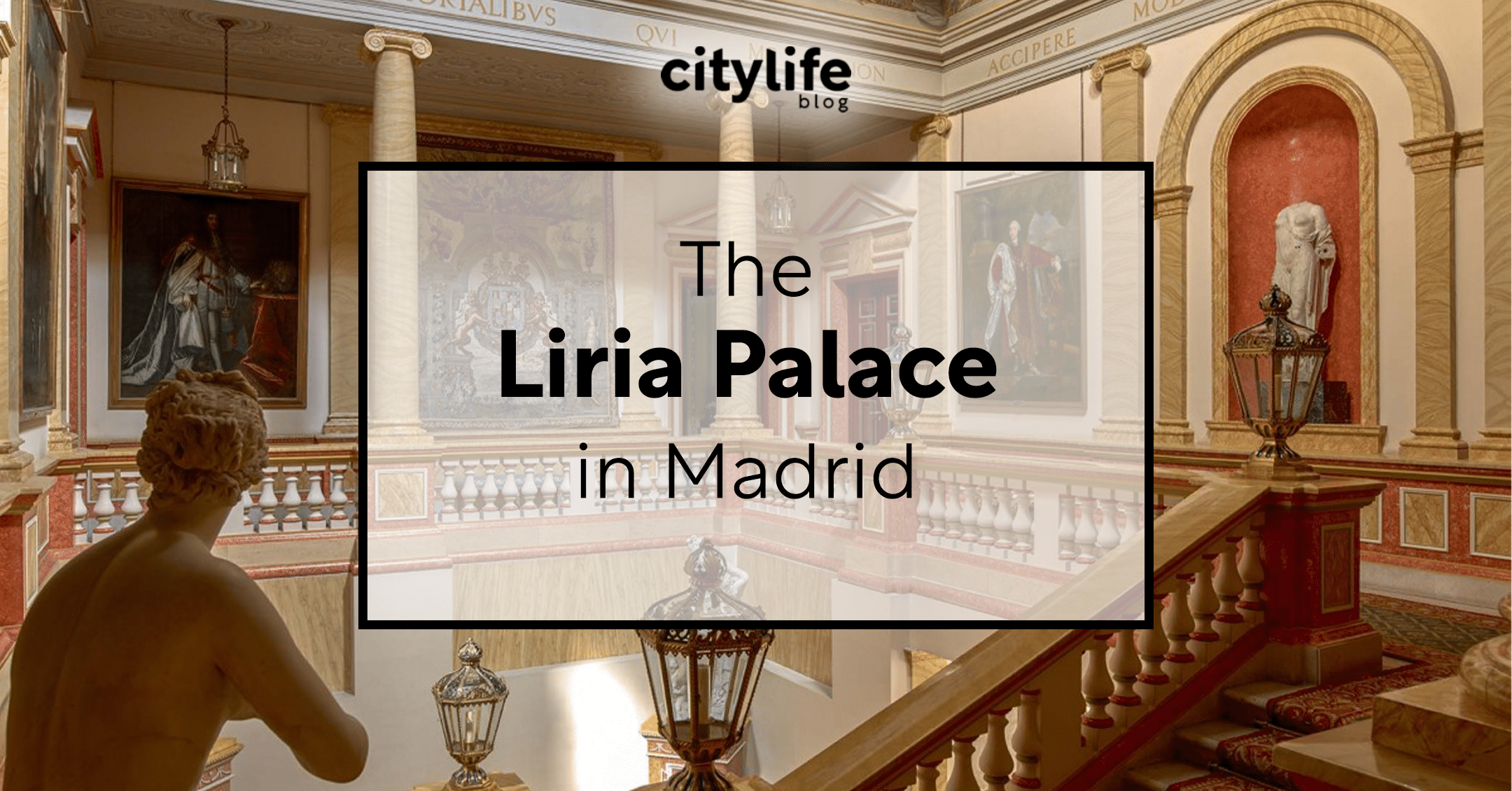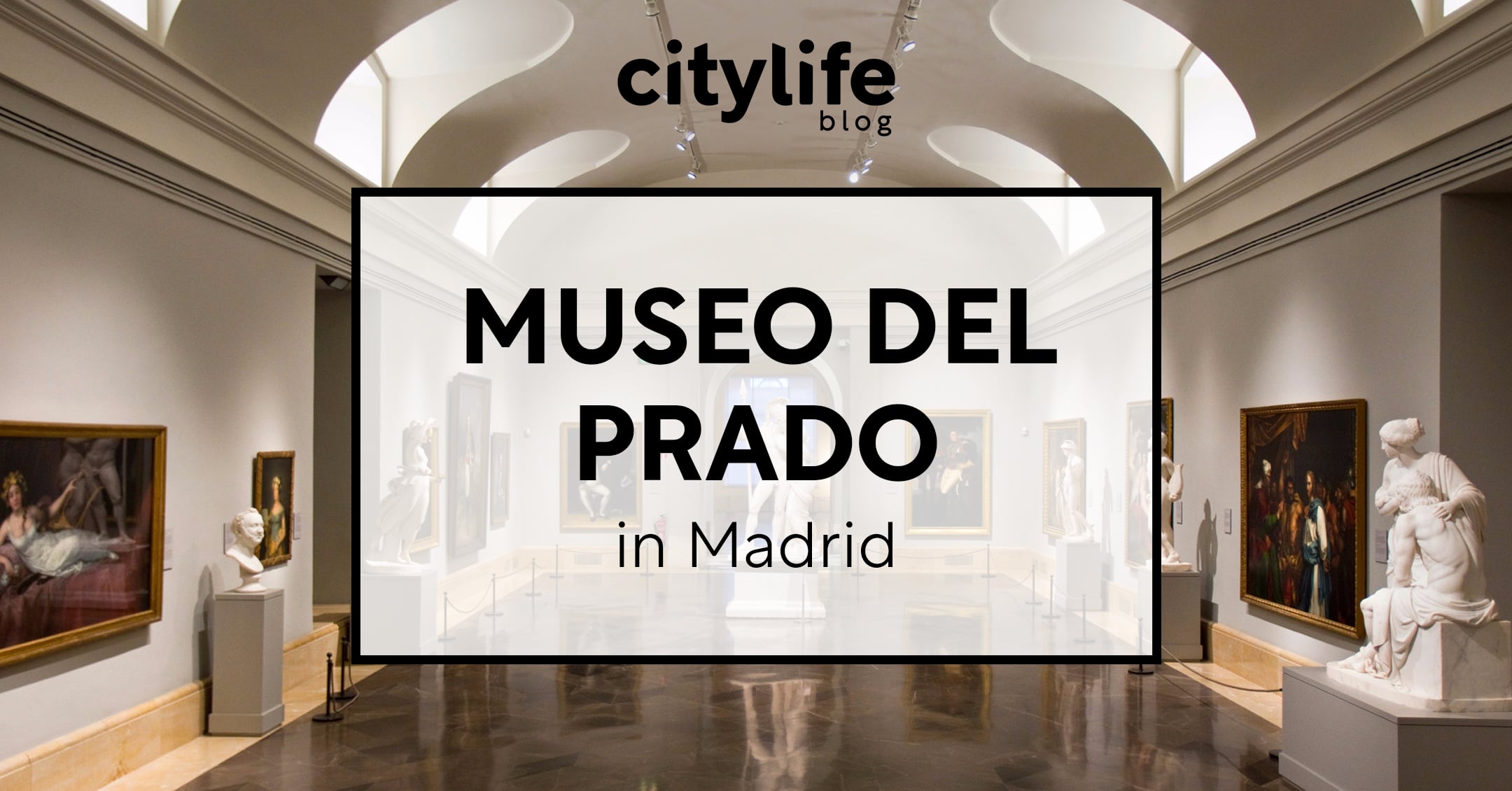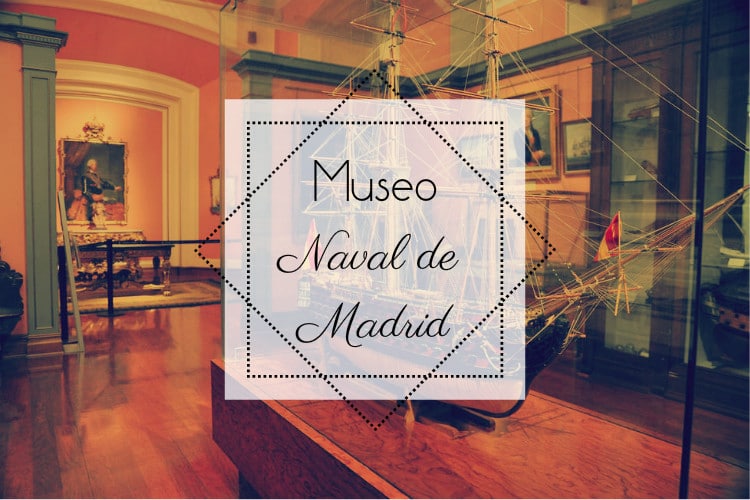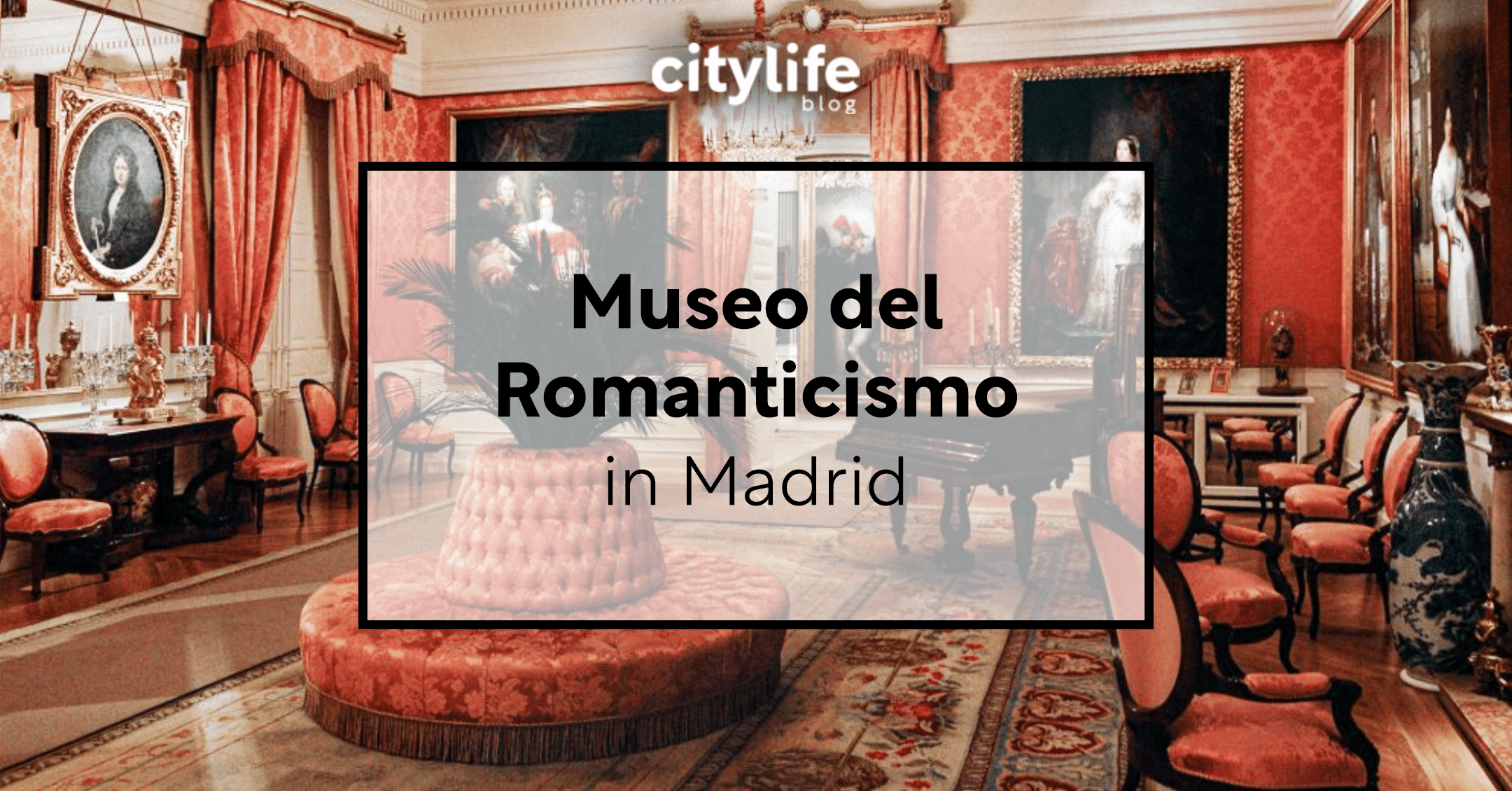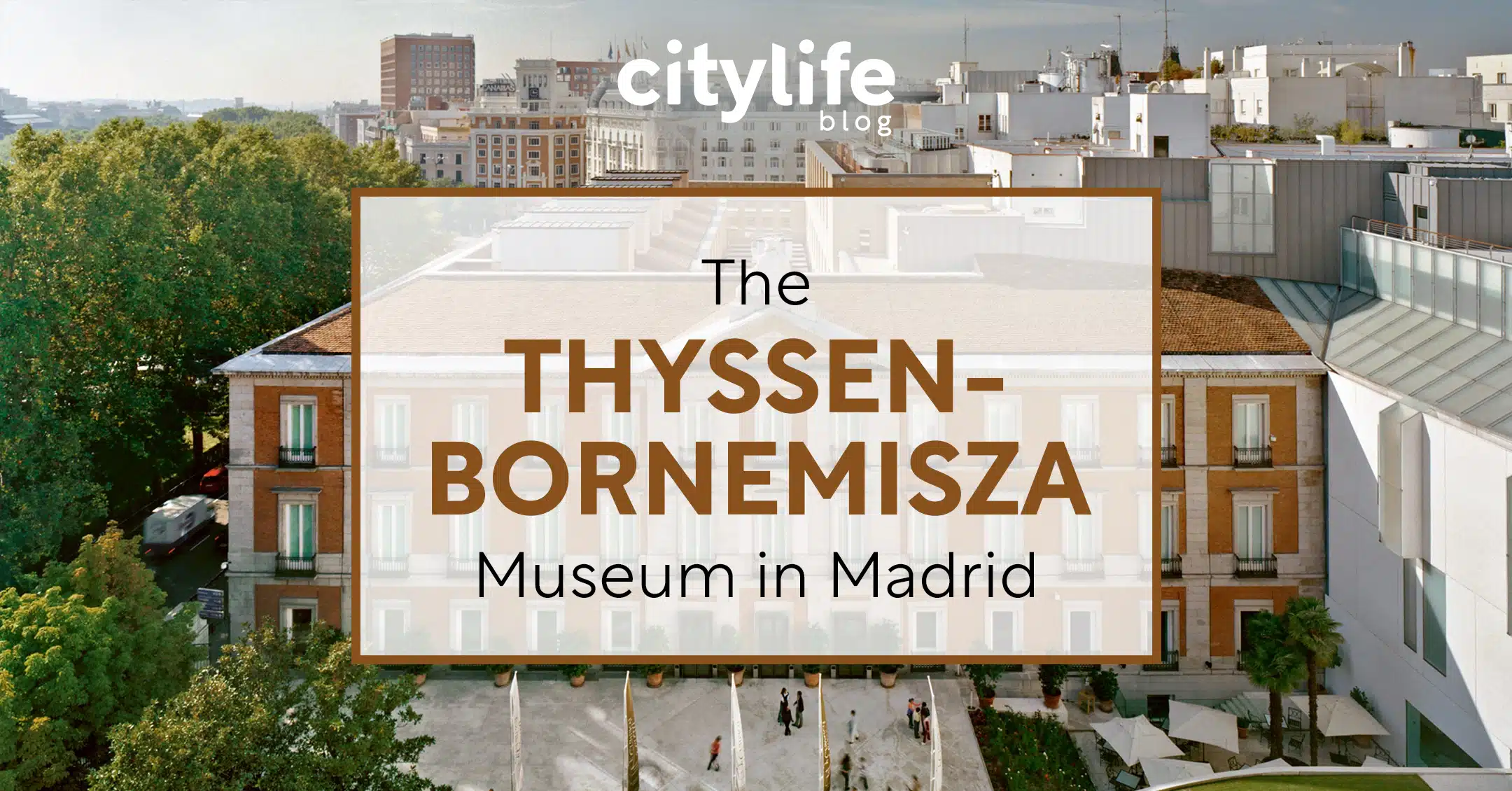
Located on the famous Paseo del Arte, inside a glorious mansion from 1806, the Museo Thyssen-Bornemisza is a private collection of art spanning from the early 13th century to contemporary art of the 19th and 20th centuries. Together with the Prado Museum and the Reina Sofia, it makes up the famous ‘golden triangle of art’. While the Prado showcases classical masters and the Reina Sofía focuses on modern and avant-garde works, the Thyssen bridges the gap between them. The museum houses over 800 paintings from the collections of both Baron Hans Heinrich Thyssen-Bornemisza and his wife Carmen, and features everything from medieval religious art to impressionism, expressionism, and early modern works.
If you’re looking to dive deeper into Madrid’s arts and culture scene, check out our article on the city’s most notable museums and exhibitions. For more of our recommendations regarding local museums and ticket purchases, check out our articles about the famous Palaces of Madrid and Madrid’s Hidden Treasures.
About the Thyssen-Bornemisza Museum
What sets the Thyssen-Bornemisza apart is not just its diversity and international focus, but also the way its paintings are displayed in a chronological layout. This allows visitors to essentially walk through the evolution of Western art. The museum itself originated from the private collection of Hans Heinrich Thyssen-Bornemisza. Throughout his life, he collected everything from Renaissance paintings to German expressionism. In 1985, he introduced his wife, Carmen Thyssen-Bornemisza, to art collecting, and by the time the museum opened in 1992, their combined collection had grown significantly. This collection included works by artists like Monet, Caravaggio, Peter Paul Rubens, Renoir and van Gogh. By 1999 Carmen, too, had loaned her collection of masterpieces to the museum. If you would like to read more about the history of the collection and building of the Thyssen-Bornemisza Museum, check the official website!
Visiting Information
To make your visit to the Museo Thyssen-Bornemisza as smooth as possible, check out the following details on the museum’s hours of operation and ticket prices. Find additional visiting information here.
Visiting Hours
Monday: 12:00 to 16:00
Tuesday to Sunday: 10:00 to 19:00
Price
General free admission: Monday between 12:00 and 16:00
General admission: 14,00€
Reduced admission: 10,00€ for students and seniors over 65

If you’re interested in two of the other famous art museums in Madrid, the Prado or the Reina Sofia, you can purchase an abono, valid for one visit to all three museums for a 20% discount on each entrance ticket. If you’re planning to stay in Madrid for a longer period of time, you can purchase an Abono Anual de los Museos Estateles which grants free entry to over 20 national museums.
Reminder: Opening hours and admissions fees are subject to change, so please always check the official webpage before going.
Thyssen-Bornemisza Museum Address
Passeo del Prado, 8
Metro: Atocha (Line 1) or Banco de España (Line 2)
What to See at the Thyssen-Bornemisza Museum
The Thyssen-Bornemisza Museum isn’t just about its rotating exhibitions and activities; its permanent collection is packed with masterpieces across a wide range of periods and artistic movements. Whether you’re a passionate art student or just someone strolling through the city, there’s no doubt the Thyssen has something that will catch your eye!
Duccio Di Buoninsegna’s Christ and the Samaritan Woman
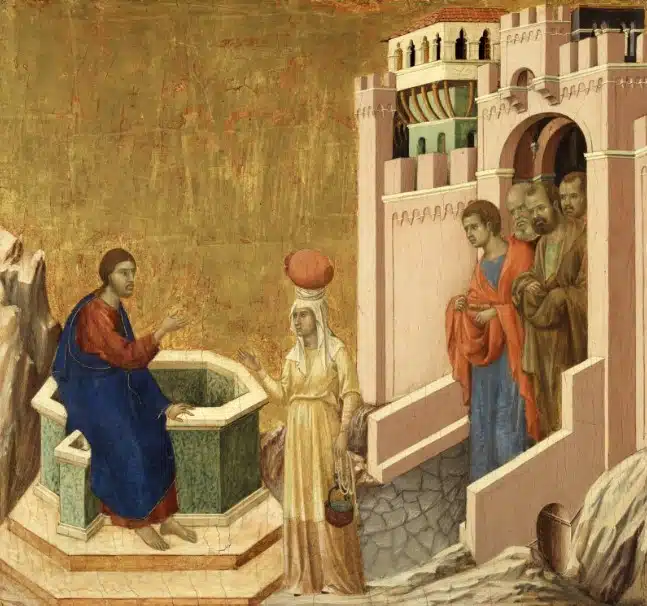
Christ and the Samaritan Woman is one of the oldest works in the Thyssen-Bornemisza Museum. It’s a masterpiece of Gothic art and was originally created for a panel in the Siena Cathedral. The scene that the painting depicts shows Christ breaking social norms by interacting with someone generally viewed as an outsider, and is supposed to be symbolic of spiritual nourishment.
Vincent van Gogh’s Les Vessenots in Auvers
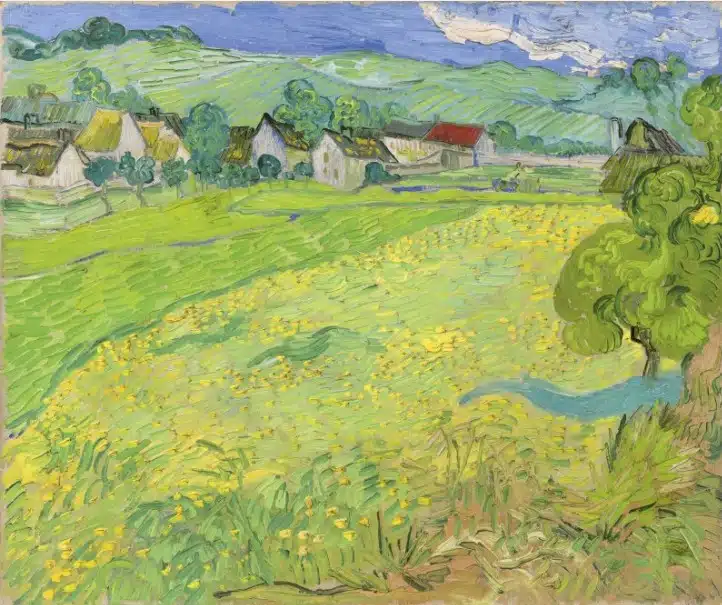
This work was painted in the final months of Van Gogh’s life, and many art lovers claim to recognize the emotional intensity that went into the painting. Van Gogh was known to use colour and form to express his inner turmoil, and wheat fields are often interpreted as a representation of life and death. With his signature swirling brushstrokes, he captures the movement of the grass in a Post-Impressionist Style with a dynamic composition and personal connection to the world around him.
Caravaggio’s Saint Catherine of Alexandria
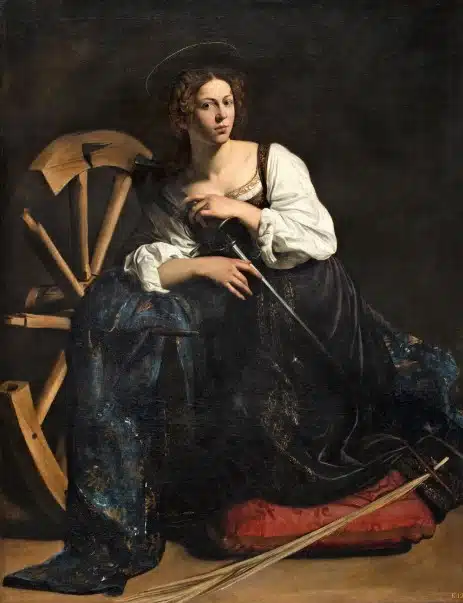
This Baroque style painting is often shown as a beautiful example of Chiaroscuro; the usage of light and shadow to create depth and intensity. The subject of the painting, Saint Catherine of Alexandria, was a Christian martyr said to have been tortured and executed for her faith. She is famously shown breaking the fourth wall; a symbol of her strength, unwavering faith, and grace.
Edgar Degas’s Swaying Dancer
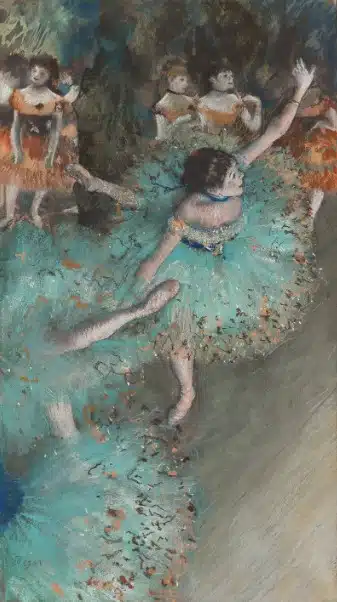
Also known as Dancer in Green, this work was inspired by Degas’ fascination with ballet. The dancers are portrayed mid-movement, and it’s the sense of motion that makes this work truly stand out. The soft brushstrokes, the interaction of the light and the vibrant colours perfectly combine to make the viewer of the painting feel like they witnessing a live ballet performance. It’s as though the entire dance is frozen in a single moment, yet still alive with energy and grace.
Canaletto’s The Piazza San Marco in Venice

Reflecting the European focus of the Thyssen Museum, this painting captures one of the continent’s most iconic squares: the Piazza San Marco in Venice. Canaletto’s attention to detail is exceptional, with the architecture rendered with meticulous precision, transforming the painting into a vivid to 18th-century Venetian life. While the buildings stand in carefully structured harmony, the figures within the scene are portrayed dynamically, breathing life into the composition.
Vittore Carpaccio’s Young Knight in a Landscape

This work is a perfect example of a Renaissance portrait. Despite the focus being on the figure, the painting still shows a narrative; the background serves as context, a symbol of the noble knight’s harmony with nature. It reflects the Renaissance interest in how humans interact with their surroundings. Renaissance art is often packed with symbolism, so if you’re interested, there’s plenty of deeper meaning to explore in this piece!
Ernst Ludwig Kirchner’s Fränzi in Front of Carved Chair
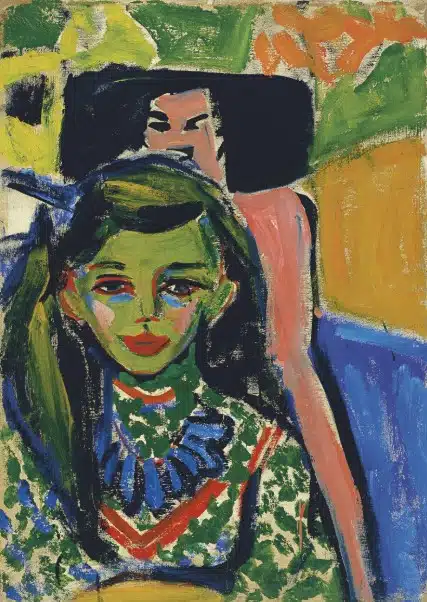
The bright colours and angular lines give this piece a sense of tension, typical of the expressionist style of Kirchner during that time. The contract between the carved chair and the woman can be interpreted as a representation of conflict between the material world and humanity, which was a theme in modernist art. In the piece, the brush was being led by emotion rather than strict attention to realism.

